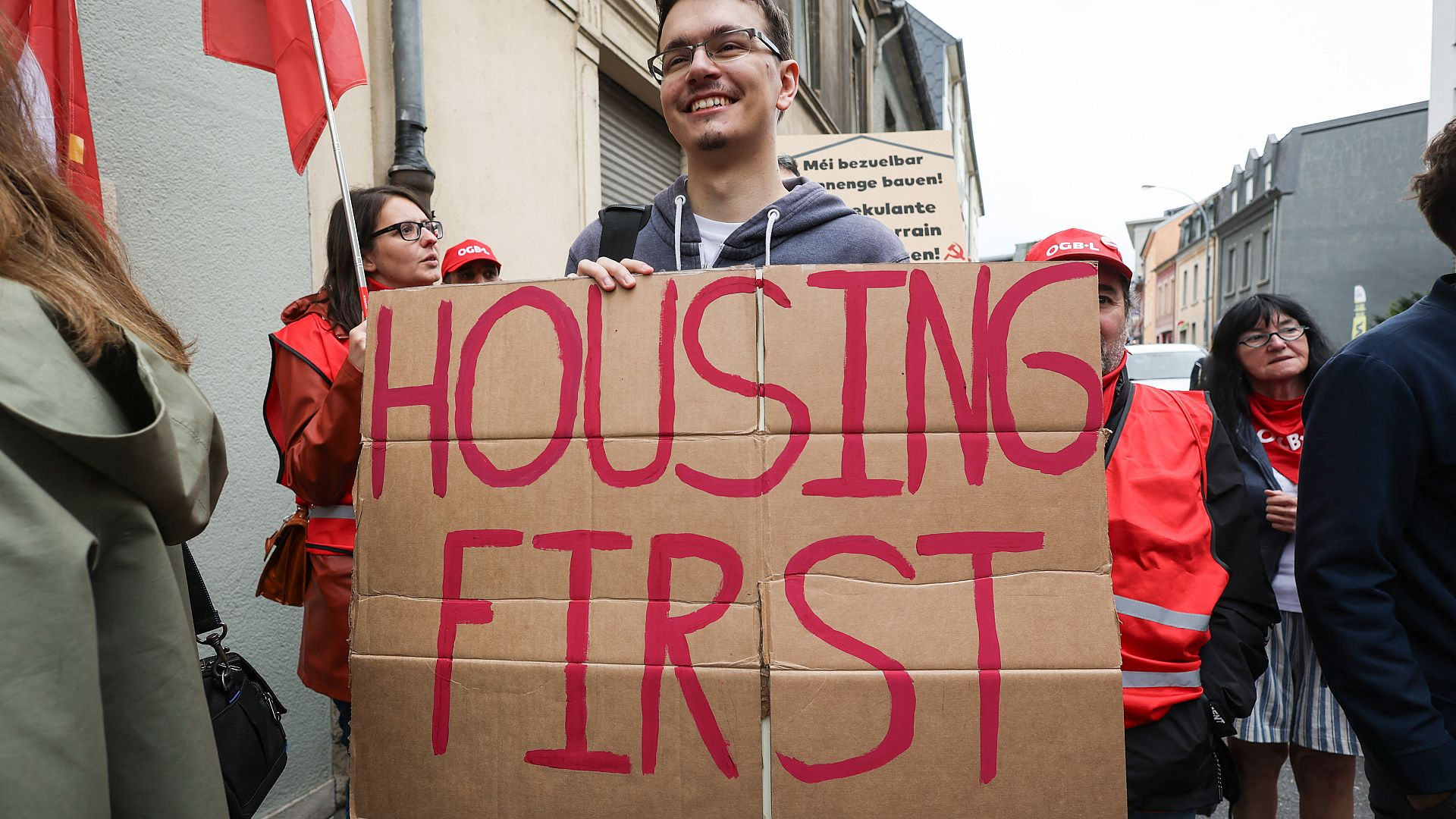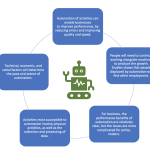The housing crisis in America has reached alarming proportions, impacting the lives of millions struggling to achieve homeownership. As housing affordability slips out of reach for an increasing segment of the population, the consequences of outdated NIMBY land-use policies have become starkly evident. These restrictive regulations stifle construction productivity, hampering the ability of builders to meet growing demand. Real estate development has been heavily constrained, leading to diminished housing stock and inflated prices, with new homes costing twice as much in real terms since 1960. Understanding these housing market trends is crucial as we explore pathways to alleviate this escalating issue and restore balance to the American dream of homeownership.
In exploring the current housing situation, we find ourselves grappling with a significant affordability dilemma that poses challenges for potential homeowners nationwide. The phenomenon of local communities resisting new development—often referred to as NIMBYism—offers insight into how regulatory constraints can hinder overall growth in the residential sector. As recent research suggests, a decline in construction productivity might be linked to these restrictive land-use policies, which ultimately limit the scale of building projects. Furthermore, trends within the real estate market highlight the pressing need for innovative solutions that can foster increased housing availability and cost-effective alternatives. This multifaceted crisis necessitates a comprehensive understanding of both economic factors and community dynamics landscape.
Understanding the Housing Crisis
The housing crisis in America is an escalating issue that affects a significant portion of the population. With housing affordability dwindling, many individuals and families find themselves priced out of the market. The stark reality is that the cost of new homes has skyrocketed over the decades, doubling since the 1960s. This drastic increase can be attributed not only to rising labor and material costs but also to restrictive land-use policies that have hindered effective real estate development. The intersection of these factors creates a detrimental cycle where insufficient housing supply exacerbates cost inflation, leading to a prolonged housing crisis.
Moreover, as urban centers continue to grow, the squeeze on housing affordability becomes more pronounced. The impact of ‘Not In My Backyard’ (NIMBY) attitudes manifests as resistance to new housing developments, thereby limiting options for new and diverse housing solutions. Communities that adopt such land-use policies often prioritize their immediate environment over broader societal needs, creating a paradox where creating affordable housing becomes an uphill battle. This scenario necessitates urgent dialogue across various sectors to explore innovative solutions for alleviating the housing crisis.
Impact of NIMBY Land-Use Policies
NIMBY land-use policies have emerged as a formidable barrier to the expansion of housing stock across many American cities. While these regulations may originate from genuine concerns over neighborhood character and density, their cumulative effect has stifled construction productivity. Research indicates that overly stringent land-use regulations contribute to diminished economies of scale, preventing builders from leveraging mass production techniques that could lower housing costs. As a result, many construction firms are forced to operate on a smaller scale, limiting their ability to innovate and efficiently meet consumer needs.
The implications of such policies ripple through the economy, creating an environment where the housing market is unable to respond effectively to changing demographics and demand levels. With an increasing number of young professionals and families seeking homes, the restrictive measures enacted by established residents not only hinder growth but also perpetuate wealth disparities. As people are trapped in a cycle of high rents and home prices, the future of housing in America hangs in a precarious balance, necessitating a reassessment of the alignment between community interests and the urgent need for affordable housing.
Rethinking Construction Productivity
Construction productivity in the United States has faced a notable decline, particularly since the 1970s. Whereas housing starts per worker were previously on an upward trajectory, a significant downturn was triggered by the surge in land-use regulations. This stagnation stands in stark contrast to advancements seen in other sectors, such as manufacturing, where productivity continues to flourish. The shift highlights a critical need for innovation in construction processes and practices, which can only be achieved by streamlining regulatory frameworks and fostering a more conducive environment for large-scale development.
To address the decline in productivity, the construction industry needs to embrace new technologies and methodologies that enhance efficiency and reduce costs. From prefabrication to innovative building materials, the potential for improvement is vast. However, these advancements cannot fully materialize without supporting policies that encourage rather than hinder large construction projects. By rethinking the regulatory landscape around housing development, it becomes possible to boost productivity and, ultimately, contribute to the alleviation of the housing crisis.
Housing Affordability Challenges
Housing affordability remains one of the most pressing challenges facing many Americans today. The dramatic rise in home prices juxtaposed with stagnant wages has created an unsustainable gap, pushing homeownership out of reach for countless individuals and families. The situation is even more dire for renters, many of whom spend an alarming portion of their income on housing costs, making it increasingly difficult to afford other essentials. Escalating living expenses coupled with limited housing options contribute to a widespread sense of insecurity resulting from the ever-present threat of eviction or homelessness.
Moreover, the broader implications of the housing affordability crisis extend to various societal levels. Communities with inadequate housing often experience significant displacement, altering the demographics and socio-economic fabric of neighborhoods. Importantly, the lack of affordable housing options can lead to reduced economic mobility while stunting the growth of local economies. Bridging the affordability gap thus requires comprehensive strategies that encompass policy reform, investment in new housing stock, and community engagement, enabling a collaborative approach to a persistent issue.
Trends in the Real Estate Market
Recent trends in the real estate market indicate a complex landscape influenced by socio-economic shifts and changing consumer preferences. As urban areas continue to expand, interest in affordable housing options has surged, with more people prioritizing proximity to employment centers over traditional suburban living. This shift has led to increased demand for multi-family units and mixed-use developments, as buyers and renters alike seek more affordable and sustainable housing solutions within urban settings.
Furthermore, these market trends have been further shaped by the evolving economic environment, which includes factors such as low interest rates and demographic shifts, including an influx of millennials entering the home-buying market. However, as demand continues to rise, the constraints imposed by NIMBY policies and a shortage of suitable land for development pose significant challenges. Real estate developers must navigate these complexities to capitalize on emerging opportunities while advocating for regulatory changes that promote sustainable growth and affordable housing accessibility.
Exploring Innovative Building Solutions
In light of the housing crisis and declining construction productivity, stakeholders in the housing sector are increasingly exploring innovative building solutions. Technologies such as modular construction and 3D printing have the potential to revolutionize the way homes are built, allowing for faster project completion, reduced labor costs, and greater design flexibility. These forward-thinking approaches not only enhance productivity but also promote sustainability by minimizing waste and utilizing eco-friendly materials.
Additionally, embracing smart building technologies can lead to improved energy efficiency and lower operational costs, making homes more affordable in the long term. By committing to innovation, builders can help counteract the stifling impact of land-use regulations and create a more agile housing market. As communities gain access to these advanced building practices, the prospect of affordable housing becomes increasingly feasible, paving the way for a more inclusive future.
Impact of Land-Use Regulations on Housing Supply
Land-use regulations directly impact housing supply, creating barriers that inhibit the development of new housing units. As these restrictions tighten, developers often face lengthy approval processes and a labyrinth of zoning laws that complicate the planning phase. The cumulative effect of such regulations results in fewer homes being built, which exacerbates the existing shortage and drives prices higher, further entrenching the housing crisis. Understanding this dynamic is crucial for policymakers aiming to streamline processes and encourage more extensive housing development.
As regulations evolve, it becomes imperative to strike a balance that addresses community concerns while facilitating necessary housing growth. This involves fostering dialogue between stakeholders to identify common ground and forge collaborative solutions. Removing or reforming outdated land-use policies could open the door to increased housing inventory and better affordability for consumers, reinforcing the importance of reassessing the regulatory landscape in light of rising housing demands.
The Role of Innovation in the Construction Industry
Innovation plays a pivotal role in reshaping the construction industry, particularly in addressing the complexities associated with rising housing costs. By adopting advanced techniques and technologies, builders can enhance efficiency and reduce project timelines. For instance, the integration of digital tools such as Building Information Modeling (BIM) allows for better project visualization and coordination, minimizing costly errors and delays. These innovations can significantly improve construction productivity, thereby enabling the industry to meet the pressing demand for affordable housing.
Moreover, fostering a culture of innovation within the construction industry is essential for encouraging collaboration among various stakeholders, including architects, engineers, and contractors. By engaging in cross-disciplinary cooperation, the sector can harness diverse insights that lead to the development of creative solutions tailored to meet community housing needs. As the industry continues to adapt and embrace innovation, the potential to alleviate the housing crisis becomes increasingly tangible.
The Future of Housing Development
The future of housing development hinges on the ability of industry stakeholders to adapt to changing demands and navigate regulatory challenges. As urbanization continues to rise, it is essential for developers to prioritize sustainable building practices and community needs in their projects. Incorporating green building initiatives not only addresses environmental concerns but also makes homes more appealing to a growing number of eco-conscious consumers. In this regard, the embrace of sustainable practices is not only a trend but necessary for fostering long-term housing affordability.
Equally important is the need for adaptable housing models that can accommodate diverse lifestyle preferences and demographics. This includes creating flexible living spaces that offer a balance between community engagement and personal privacy. By prioritizing inclusivity in housing development, stakeholders can create communities that resonate with the values of current and future residents, ultimately contributing to a more equitable housing landscape. The focus on innovative, flexible, and sustainable approaches in housing development will set the stage for a more accessible and vibrant future.
Frequently Asked Questions
What is the housing crisis and how does it relate to housing affordability?
The housing crisis refers to the critical situation where housing costs have escalated to the point that homeownership is unattainable for many Americans. This crisis is primarily driven by a significant disparity between income levels and housing prices, making housing affordability a pressing issue.
How do NIMBY land-use policies contribute to the housing crisis?
NIMBY, or ‘Not In My Backyard’, land-use policies often create stringent regulations that limit new development. These policies can increase the time, costs, and complexities associated with constructing new homes, thereby exacerbating the housing crisis by preventing sufficient housing supply to meet demand.
What are the impacts of declining construction productivity on the housing crisis?
Declining construction productivity means fewer homes can be built in a given timeframe, ultimately driving up housing prices. This stagnation in productivity is closely linked to various regulatory challenges, including NIMBY land-use policies, which further fuel the ongoing housing crisis.
How do current real estate development trends affect the housing crisis?
Current real estate development trends often favor high-end projects due to profitability, which does not address the urgent need for affordable housing. This focus on luxury developments neglects the lower-income segments of the market, worsening the housing crisis as affordability continues to diminish.
What role do housing market trends play in the broader context of the housing crisis?
Housing market trends, such as rising prices and increasing demand, often highlight the imbalance in supply and affordability. Understanding these trends is vital for addressing the housing crisis, as policies can be tailored to promote more balanced growth and affordability in the housing sector.
| Key Points | Details |
|---|---|
| U.S. Housing Crisis | The country faces a housing affordability crisis, with new home prices doubling since 1960. |
| Impact of NIMBY Policies | Land-use regulations driven by NIMBYism are stifling builders’ ability to innovate and build larger projects. |
| Declining Construction Productivity | Construction productivity has fallen significantly post-1970, contrasting starkly with the automotive industry. |
| Mass Production Benefits | Larger builders historically produced more homes efficiently, but modern builders are smaller and less productive due to regulations. |
| Intergenerational Wealth Transfer | Younger generations are experiencing a decline in housing wealth compared to older homeowners. |
Summary
The housing crisis in the United States is a pressing issue, primarily exacerbated by restrictive land-use regulations and the rise of NIMBY attitudes. These factors not only hinder productivity and innovation in the construction sector but also contribute to the soaring costs of homes, pushing homeownership out of reach for many Americans. The findings highlight the need for policy reform to address these barriers, promoting more affordable housing solutions.


